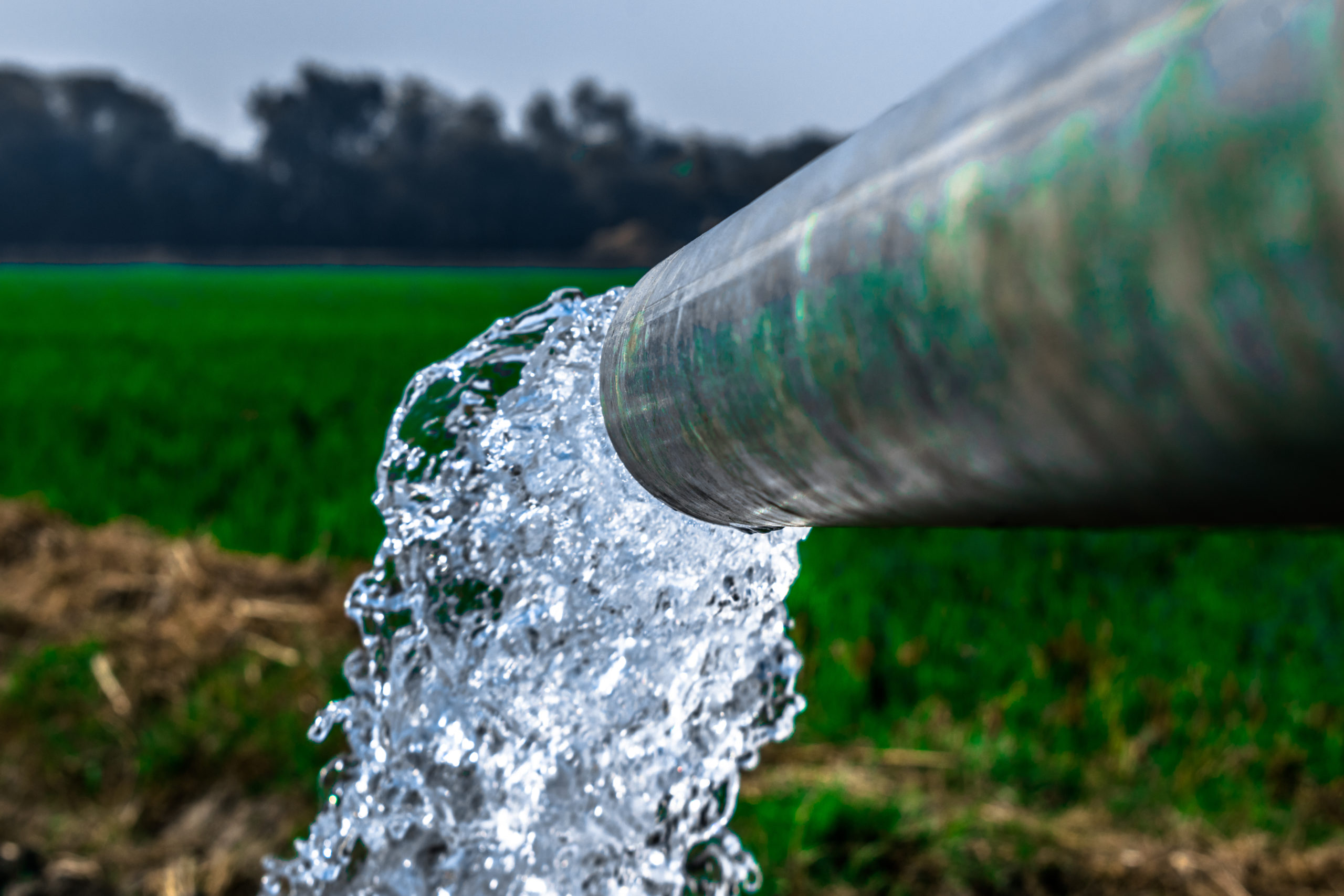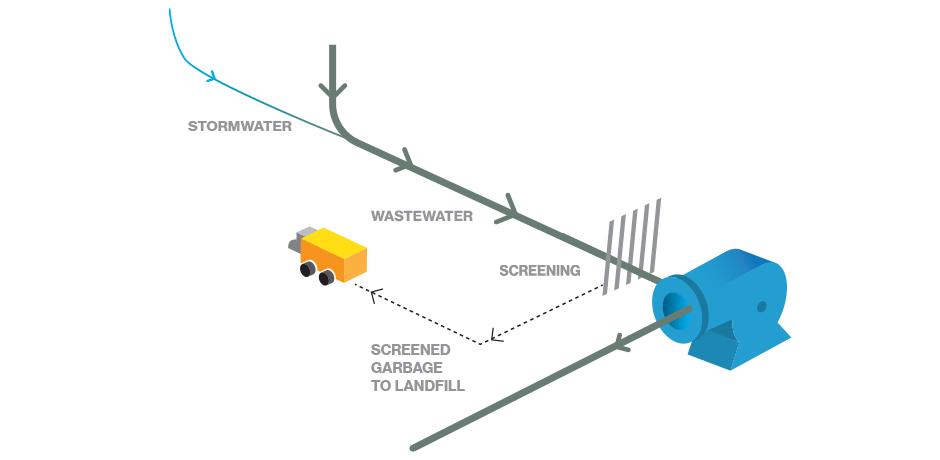Comprehensive Guide to Hazardous Waste Water Treatment Procedures
Comprehensive Guide to Hazardous Waste Water Treatment Procedures
Blog Article
Optimizing Waste Water Therapy Procedures: Approaches for Improved Water High Quality and Source Recuperation
In the world of wastewater therapy, the quest for improving effectiveness and sustainability via process optimization is a continuous search that holds immense importance. By focusing on strategies tailored to raise water top quality while at the same time using valuable resources, treatment plants can attend to pushing ecological concerns while unlocking economic advantages. From sophisticated technologies to innovative resource healing techniques, the landscape of wastewater therapy is advancing swiftly. As we explore the complexities of enhancing these processes, a globe of opportunities arises that assures not just cleaner water yet additionally an extra lasting future.
Importance of Process Optimization
Optimizing drainage therapy procedures with careful process optimization is vital for taking full advantage of effectiveness and making sure ecological sustainability. By fine-tuning each step of the treatment process, from first consumption to final discharge, water treatment centers can accomplish higher degrees of impurity removal, reduce power usage, and reduce the generation of waste by-products. Refine optimization includes evaluating vital efficiency indicators, such as hydraulic retention times, sludge retention times, and nutrient degrees, to determine areas for renovation and carry out targeted services.
Reliable process optimization not only improves the overall efficiency of waste water therapy plants however also adds to set you back savings and governing compliance. By maximizing processes, operators can accomplish higher therapy capabilities without the demand for considerable infrastructure financial investments. Furthermore, improved therapy efficiency brings about cleaner effluent discharge, decreasing the ecological impact on receiving water bodies and ecological communities.

Advanced Therapy Technologies
In the realm of waste water therapy, the implementation of innovative treatment innovations plays a crucial role in improving the total efficiency and efficiency of the therapy procedures. These advanced innovations supply innovative services to attend to intricate contaminants present in wastewater streams, making sure the elimination of toxins to meet strict water high quality criteria. Advanced therapy procedures such as membrane bioreactors, ozonation, advanced oxidation processes, and reverse osmosis allow the thorough removal of pollutants, including arising contaminants like drugs and individual treatment items.
In addition, these technologies help with resource recovery by drawing out useful products such as phosphorus, nitrogen, and power from the wastewater. For circumstances, progressed nutrient removal innovations can recoup phosphorus and nitrogen for reuse in agricultural plant foods, while power healing systems like anaerobic food digestion can harness biogas for electrical energy generation. By including innovative therapy innovations into wastewater therapy plants, drivers can enhance water high quality, reduce ecological effect, and relocate towards a more lasting and resource-efficient technique to wastewater administration.
Resource Recuperation Methods
Source recovery strategies in wastewater treatment processes play an essential duty in maximizing the utilization of useful resources included within wastewater streams. One common source recovery strategy is the extraction of nutrients like phosphorus and nitrogen from wastewater for reuse as fertilizers or in industrial processes.
Water recuperation strategies, such as membrane innovations and progressed filtration systems, allow the therapy and reuse of water for non-potable applications like irrigation or industrial processes. By carrying out source recovery techniques in wastewater treatment plants, not only can beneficial sources be conserved and reused, however the general sustainability and performance of the therapy process can be considerably improved. As the emphasis on source deficiency and ecological sustainability remains to grow, the importance of integrating resource recovery methods into wastewater treatment processes comes to be significantly apparent.
Sustainable Practices in Wastewater Treatment
Carrying out lasting methods in wastewater therapy facilities is necessary for improving ecological stewardship and long-lasting functional effectiveness. Sustainable methods in wastewater treatment encompass a range of strategies focused on minimizing the ecological influence of therapy processes while maximizing source recuperation. One crucial element of sustainable wastewater therapy is the execution of energy-efficient modern technologies to minimize the carbon footprint of therapy plants. This can include making use of renewable resource sources such as useful link solar or wind power, as well as the optimization of existing procedures to lessen energy intake.
Furthermore, the fostering of sophisticated therapy innovations that advertise water reuse and recycling plays a critical function in lasting wastewater administration. By dealing with wastewater to a high standard, it can be repurposed for numerous non-potable applications, such as irrigation, commercial procedures, and even safe and clean water production sometimes. This not just preserves important freshwater sources but likewise reduces the volume of effluent released into the atmosphere.

Situation Research Studies on Effective Optimization
As wastewater therapy centers significantly concentrate on lasting techniques, real-world study showcasing successful optimization techniques serve as vital read here models for industry development. One such situation research focuses on the implementation of advanced nutrient removal innovations in a local wastewater therapy plant. By incorporating organic nutrient elimination procedures and optimizing operational parameters, the facility achieved considerable decreases in nitrogen and phosphorus degrees discharged right into obtaining waters, ultimately boosting overall water quality.
Another noteworthy study includes the assimilation of anaerobic digestion systems in an industrial wastewater therapy plant to improve energy recovery and source effectiveness (Waste Water Treatment). Through the food digestion of organic waste products, the facility not only created biogas for energy manufacturing however also lowered the quantity of sludge requiring disposal. This twin benefit not just enhanced the plant's sustainability performance however also caused expense financial savings
These successful optimization strategies demonstrate the potential for wastewater therapy centers to accomplish both financial and environmental advantages through cutting-edge methods and reliable processes. By gaining from these study, market professionals can additionally maximize their own procedures to enhance water top quality and resource healing.
Conclusion
Finally, enhancing drainage treatment procedures with innovative innovations, resource recuperation strategies, and lasting methods is important for enhancing water top quality and taking full advantage of resource healing. Waste Water Treatment. Study have actually demonstrated effective implementation of optimization techniques in different wastewater therapy centers. By remaining to prioritize process optimization, we can guarantee effective and efficient therapy of wastewater, ultimately resulting in a much more sustainable and eco pleasant strategy to managing water resources
By fine-tuning each step of the therapy procedure, from initial consumption to last discharge, water therapy centers can attain greater degrees of impurity removal, decrease energy consumption, and reduce the generation of waste by-products.In the realm of waste water treatment, the execution of innovative therapy modern technologies plays a crucial duty in boosting the general effectiveness and efficiency of the treatment processes. By including innovative therapy innovations into wastewater treatment plants, read this operators can improve water top quality, lower ecological impact, and relocate towards a much more sustainable and resource-efficient technique to wastewater monitoring.
By applying source recovery techniques in wastewater treatment plants, not only can valuable resources be conserved and reused, however the total sustainability and performance of the therapy process can be substantially improved. Lasting techniques in wastewater treatment incorporate an array of approaches intended at reducing the ecological effect of treatment procedures while taking full advantage of resource recuperation.
Report this page